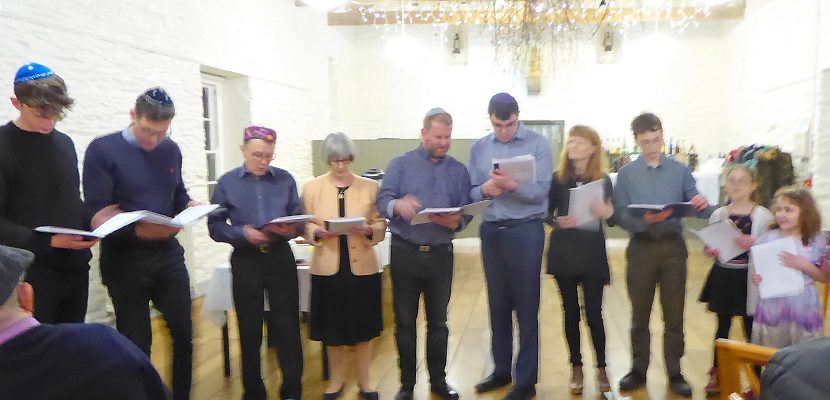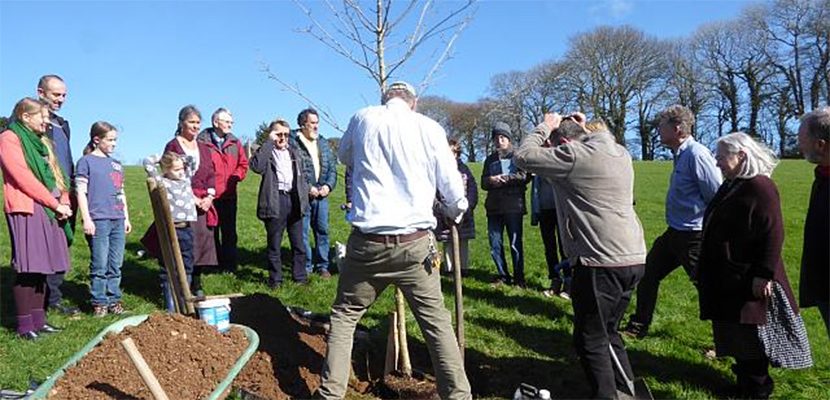Spring is coming and, with it, one of the most wonderful festivals of the Jewish year: Pesach. It is fitting that, at the same time as the world around us begins again to burst into growth, we celebrate the throwing off of the bonds of slavery. We clean our houses, looking for chametz and in the process, sweep away the dust and crumbs at the back of drawers and cupboards, the grey cobwebs in the corners of our kitchens. Pesach is also a time to look inside our hearts and perhaps clear away a few dusty habits and modes of thought grown stiff with complacency. And it is a time to celebrate together the great gift of freedom and the coming together of the people of Israel in a shared covenant with God.
The first night of Pesach this year will be on Friday, 19 April and we will be celebrating it in grand style. There will be the traditional story, given new life by the ever fresh reading of our Honorary Life President Harvey Kurzfield and Deputy Chair Adam Feldman, the traditional seder plate, and a wonderful buffet lovingly cooked and prepared by some of the talented chefs of the community.
Our seder is a wonderful occasion for both children and adults. If you are visiting Cornwall during Pesach and wish to join us, please contact Anne Hearle for details.
One last thing. This year the seder begins on Erev Shabbat, so we will be lighting candles for both Shabbat and Yom Tov. Please bring with you your candlesticks, candles and kiddish cup. We will then have two mitzvot for the price of one, plus a beautiful seder table covered with joyous lights.



